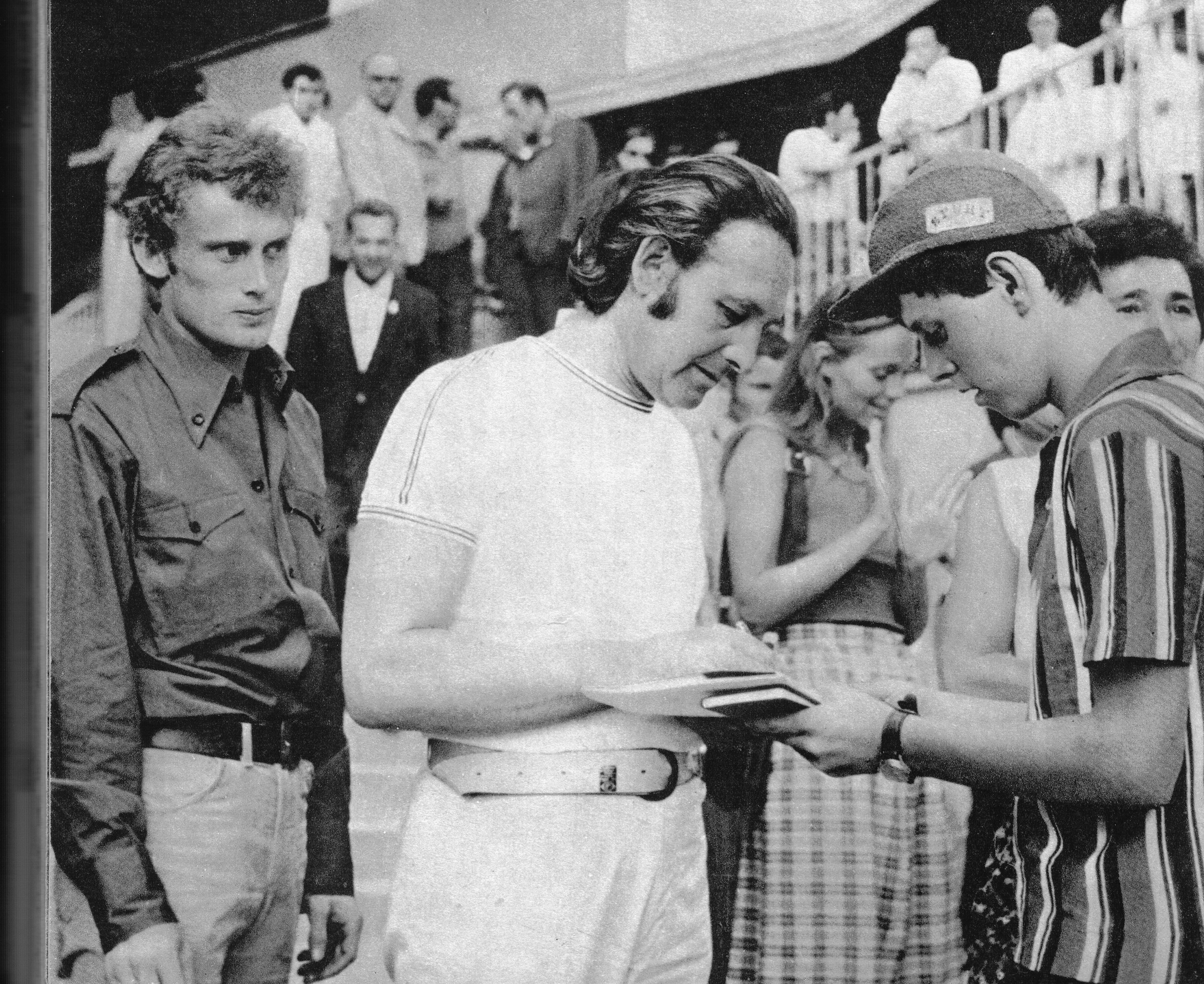|
Pan Tadeusz (film)
''Pan Tadeusz: The Last Foray in Lithuania'' is a 1999 Polish film directed by Andrzej Wajda. It is based on the 1834 eponymous epic poem by Polish poet, writer and philosopher Adam Mickiewicz (1798–1855). As in the poem, conflict between the Soplica and Horeszko families serves as a backdrop for discussion of issues of Polish national unity and the struggle for independence. Historical background For 400 years, Lithuania and Poland were united in the Polish–Lithuanian Commonwealth, until Poland was partitioned in 1795 by three nations at its borders: the Russian Empire, the Kingdom of Prussia, and the Habsburg monarchy (see Partitions of Poland). At that point Poland, a formerly powerful state, simply ceased to exist. Yet one hope remained for the patriotic Poles yearning for autonomy – the First French Empire. Napoleon promised to restore the Polish homeland if Poles, in turn, helped him defeat the Russian Empire. Thousands of Poles were part of the Grande Armée during ... [...More Info...] [...Related Items...] OR: [Wikipedia] [Google] [Baidu] |
Andrzej Wajda
Andrzej Witold Wajda (; 6 March 1926 – 9 October 2016) was a Polish film and theatre director. Recipient of an Honorary Oscar, the Palme d'Or, as well as Honorary Golden Lion and Honorary Golden Bear Awards, he was a prominent member of the "Polish Film School". He was known especially for his trilogy of war films consisting of ''A Generation'' (1955), ''Kanał'' (1957) and '' Ashes and Diamonds'' (1958). He is considered one of the world's most renowned filmmakers whose works chronicled his native country's political and social evolution and dealt with the myths of Polish national identity offering insightful analyses of the universal element of the Polish experience – the struggle to maintain dignity under the most trying circumstances. Four of his films have been nominated for the Academy Award for Best Foreign Language Film: '' The Promised Land'' (1975), ''The Maids of Wilko'' (1979), ''Man of Iron'' (1981) and '' Katyń'' (2007). Early life Wajda was born in Suwałk ... [...More Info...] [...Related Items...] OR: [Wikipedia] [Google] [Baidu] |
Habsburg Monarchy
The Habsburg monarchy (german: Habsburgermonarchie, ), also known as the Danubian monarchy (german: Donaumonarchie, ), or Habsburg Empire (german: Habsburgerreich, ), was the collection of empires, kingdoms, duchies, counties and other polities that were ruled by the House of Habsburg, especially the dynasty's Austrian branch. The history of the Habsburg monarchy can be traced back to the election of Rudolf I as King of Germany in 1273 and his acquisition of the Duchy of Austria for the Habsburg in 1282. In 1482, Maximilian I acquired the Netherlands through marriage. Both realms passed to his grandson and successor, Charles V, who also inherited the Spanish throne and its colonial possessions, and thus came to rule the Habsburg empire at its greatest territorial extent. The abdication of Charles V in 1556 led to a division within the dynasty between his son Philip II of Spain and his brother Ferdinand I, who had served as his lieutenant and the elected king of Hungary and ... [...More Info...] [...Related Items...] OR: [Wikipedia] [Google] [Baidu] |
